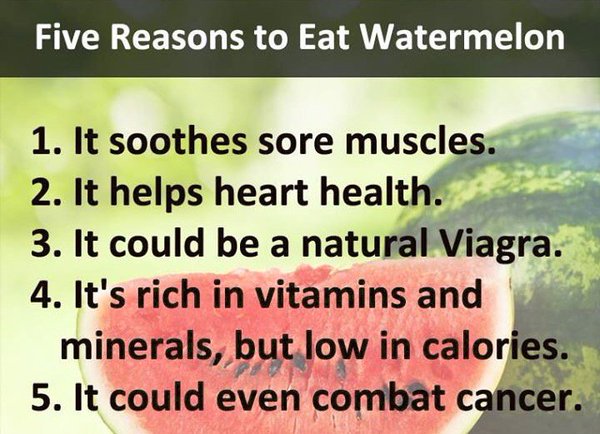Circuit training consist of a consecutive series of timed exercises performed one after the other with varying amounts of rest between each exercise.
For example, a simple circuit training routine might be push-ups, sit-ups, squats, chin-ups and lunges. The routine could be set up as follows;
- Do as many push-ups in 30 seconds followed by a 30 seconds rest.
- Do as many sit-ups in 30 seconds followed by a 30 seconds rest.
- Do as many squats in 30 seconds followed by a 30 seconds rest and so on with the rest of the exercises
What Makes Circuit Training so Good?
The quick pace and constant changing nature of he circuit training places an unique type of stress on the body, which differs from normal exercise activities such as weight training and aerobic exercise.
There are several reasons why circuit training is great form of exercise and what most of the reasons come down to is flexibility.
- Circuit training can be totally personalized.
- A circuit training routine can be modified to give the athlete exactly what they want.
- It is easy to change the focus of the training routine to emphasize strength, endurance, agility, speed, skill development, and weight loss
- It can be time efficient.
- It can be done just about anywhere.
- No expensive equipment needed or even a gym membership
- Another reason is that it is great fun to do in groups or in pairs.
Reference: Walker, B. (2013). The Anatomy of Sports Injuries. Chichester, England. Lotus Publishing.
Neil Asher Advanced Trigger Point Techniques offers "The Anatomy of Sports Injuries" course, go here to check out what the course has to offer, along with other trigger point courses.










